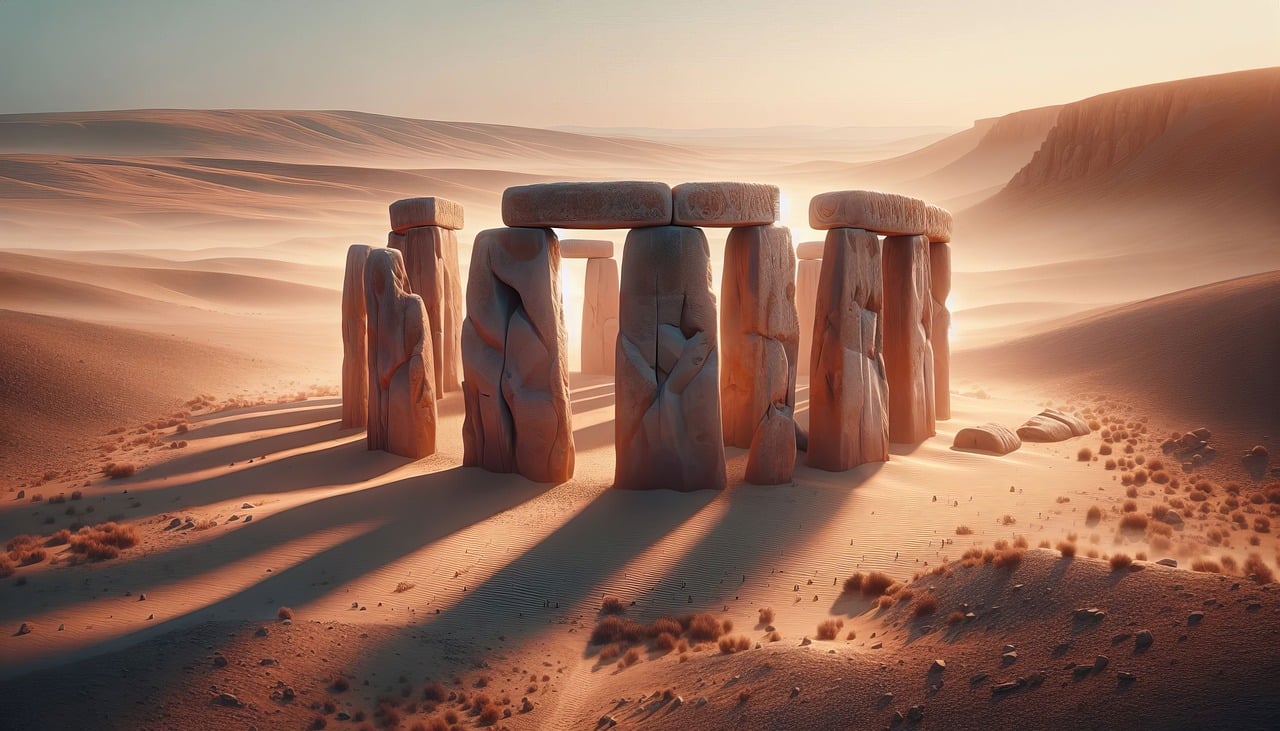The Ultimate Guide to Brazil’s Carnival: Preparations, Parades, and Parties
Brazil’s Carnival is an exhilarating celebration of culture, music, and dance that attracts millions of visitors from around the globe every year. This vibrant festival is known for its colorful parades, lively music, and elaborate costumes, offering a once-in-a-lifetime experience for those looking to immerse themselves in the joyful spirit of Brazilian culture.
Introduction to Brazil’s Carnival
The Carnival in Brazil is not just a festival; it’s a cultural phenomenon that reflects the heart and soul of the nation. Taking place annually before Lent, the Carnival is celebrated across Brazil, with the most famous festivities occurring in Rio de Janeiro, São Paulo, Salvador, and Recife. Each location brings its own unique flair and traditions to the event, making it a diverse and exciting celebration.
The origins of the Carnival can be traced back to the Portuguese settlers in the 17th century, who brought the tradition of “Entrudo,” a festival to celebrate the beginning of Lent. Over time, this evolved into a grand celebration that includes influences from African, Indigenous, and other European cultures, culminating in what we now know as the Brazilian Carnival.
Preparations for Carnival
Planning Your Visit
Planning a trip to experience Brazil’s Carnival requires careful consideration of several factors, including timing, location, accommodation, and attire. The Carnival usually takes place in February or March, depending on the calendar. Booking flights and accommodations well in advance is crucial, as this period sees a significant influx of tourists.

Choosing the right location is equally important. Rio de Janeiro is famous for its grand parades and samba schools, while Salvador offers a more participatory experience with street parties and live music. Recife and Olinda are renowned for their traditional Frevo music and dance, offering a more authentic experience.
Getting into the Spirit
To truly enjoy the Carnival, it’s essential to embrace the festive spirit. This involves understanding the cultural significance of the event and participating actively in the celebrations. Learning a few basic samba steps or understanding the history behind the music and costumes can enhance your experience.
Visitors are also encouraged to dress in costumes or at least wear colorful attire to blend in with the vibrant atmosphere. Many locals and tourists spend months preparing their outfits, often opting for feathers, sequins, and bright colors to match the extravagance of the event.
The Spectacular Parades
Samba Schools and the Sambadrome
The highlight of Brazil’s Carnival is undoubtedly the parades held by the Samba schools, especially in Rio de Janeiro. These schools are community organizations that compete with each other in a grand spectacle at the Sambadrome. Each school presents a themed parade with elaborate floats, costumes, and samba music, judged on various criteria such as harmony, theme, and performance.

The preparation for these parades starts months in advance, with thousands of participants practicing their routines and perfecting their costumes. Attending a parade at the Sambadrome offers a thrilling experience, showcasing the creativity and passion of the Brazilian people.
The Themes and Costumes
Each Samba school selects a unique theme for their parade, often based on Brazilian history, mythology, or social issues. This theme is reflected in the music, lyrics, and design of the floats and costumes, creating a cohesive and mesmerizing presentation.
The costumes are a major attraction, featuring intricate designs and vibrant colors. Participants often spend months crafting their outfits, which are adorned with feathers, sequins, and beads, reflecting the opulence and diversity of Brazilian culture.
Parties and Street Celebrations
Blocos and Street Parties
While the parades are a significant part of the Carnival, the street parties, known as “blocos,” provide a more informal and spontaneous form of celebration. These block parties occur throughout the cities, with bands, musicians, and dancers filling the streets with music and joy.
In Salvador, the trio elétrico, a truck equipped with a stage and sound system, leads the street parties, with famous Brazilian artists performing live. The energy and enthusiasm of these street parties are contagious, inviting everyone to join in the dance.
Music and Dance
Music is the heartbeat of the Carnival, with samba being the most iconic genre. However, other styles such as axé, frevo, and maracatu also play a vital role in the festivities. Each region has its own traditional music and dance forms, reflecting its cultural heritage.

Visitors can learn basic dance steps from local enthusiasts or join workshops to better appreciate the rhythm and moves. Engaging with the music and dance allows for a deeper connection with the festival’s essence.
Takeaways
Experiencing Brazil’s Carnival is more than just attending an event; it’s about immersing oneself in a cultural extravaganza that blends history, music, dance, and community spirit. Whether you’re watching the grand parades at the Sambadrome or dancing in the streets of Salvador, the Carnival offers an unparalleled opportunity to celebrate life and culture.
For those planning to attend, understanding the nuances of the celebrations and participating actively can transform the Carnival from a mere spectacle into a meaningful and joyous experience. From planning your visit to engaging with locals, every aspect of the Carnival is an invitation to celebrate the vibrant spirit of Brazil.
So, pack your bags, wear your most colorful attire, and get ready to join the world’s largest party. The Brazilian Carnival awaits, promising memories that will last a lifetime.
Tips for First-Time Carnival Visitors
Staying Safe During the Celebrations

While the Carnival is a time of joy and celebration, it’s important to be mindful of your safety. With large crowds and bustling streets, it’s easy to get caught up in the excitement. Here are some tips to ensure a safe and enjoyable experience:
- Stay with your group: If you’re traveling with friends or family, try to stick together, especially in crowded areas.
- Secure your belongings: Keep your valuables in a secure bag or leave them at your accommodation. Be cautious of pickpockets in crowded areas.
- Stay hydrated: The heat and constant dancing can be exhausting. Drink plenty of water and take breaks when needed.
- Know your surroundings: Familiarize yourself with the area and have a plan for getting back to your accommodation safely.
Engaging with Local Culture
One of the most rewarding aspects of attending the Carnival is the opportunity to engage with Brazilian culture and its people. Here are some ways to make the most of this experience:
- Learn some basic Portuguese: While many locals speak English, knowing a few Portuguese phrases can enhance your interactions and show respect for the culture.
- Try local cuisine: Brazil is famous for its delicious food. Make sure to try traditional dishes such as feijoada, pão de queijo, and acarajé.
- Visit cultural landmarks: Use your time in Brazil to explore cultural sites and museums, offering a deeper understanding of the country’s history and heritage.
For more tips and information on Brazilian culture, visit the Brazilian Society of Culture.
Beyond the Carnival: Exploring Brazil
Discovering Brazil’s Natural Wonders
While the Carnival is a major attraction, Brazil offers a plethora of natural wonders to explore. From the beaches of Rio de Janeiro to the Amazon rainforest, Brazil’s diverse landscapes provide endless opportunities for adventure and relaxation.

Consider visiting Iguazu Falls, one of the largest waterfall systems in the world, or the Pantanal, the world’s largest tropical wetland area, teeming with wildlife. For more information on Brazil’s natural attractions, check out the UNESCO World Heritage Sites in Brazil.
Experiencing Brazilian Festivals and Traditions
Beyond the Carnival, Brazil is home to numerous festivals and traditions that reflect its rich cultural tapestry. Consider attending the Festa Junina, a traditional festival celebrated in June with bonfires, folk dances, and traditional foods, or the Parintins Folklore Festival, showcasing the vibrant culture of the Amazon.
These events offer a glimpse into Brazil’s diverse cultural landscape and provide additional reasons to explore the country beyond the Carnival season.
Final Thoughts
Brazil’s Carnival is an unforgettable experience that captivates the hearts of those who attend. From the electrifying parades to the lively street parties, the Carnival is a celebration of life, culture, and community. By planning your visit carefully, engaging with the local culture, and exploring beyond the Carnival, you can create lasting memories and gain a deeper appreciation for Brazil’s rich heritage.
Whether you’re a seasoned traveler or a first-time visitor, the Carnival offers something for everyone. It’s a time to let go of inhibitions, embrace joy, and celebrate the vibrant spirit of Brazil. So, get ready to dance, sing, and immerse yourself in one of the world’s most spectacular cultural events.
For more information on planning your trip to Brazil, visit Lonely Planet’s Brazil Travel Guide.










